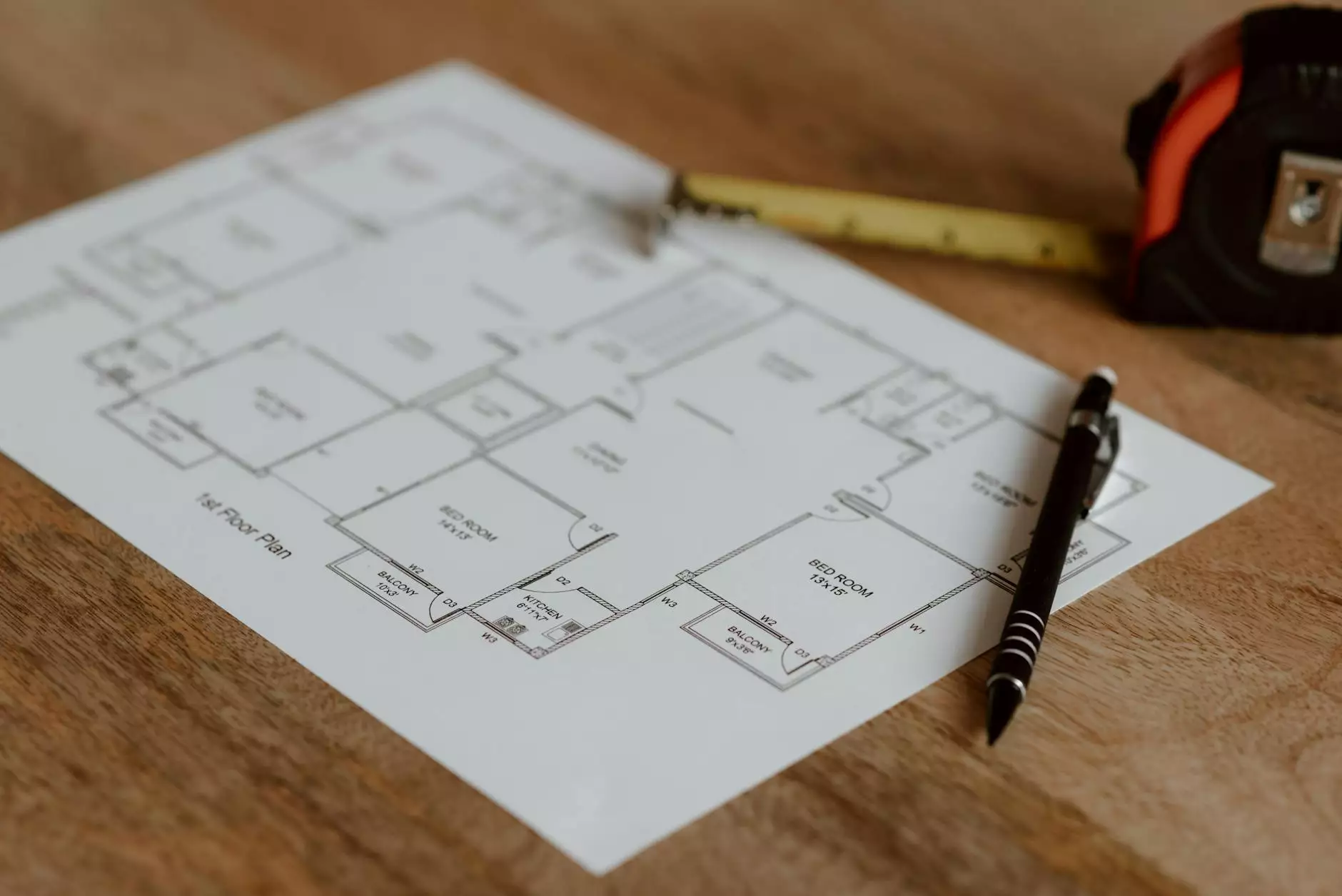Definition of the term Shading Coefficient
Services Offered
Welcome to Nicholas Home Inspection & Consulting, a trusted provider of consulting and analytical services in the field of Business and Consumer Services. In this page, we aim to explore the definition and significance of shading coefficient in the context of energy efficiency and architectural design.
Understanding Shading Coefficient
Shading coefficient, also known as SC, is a numerical value used to measure the effectiveness of a building material or fenestration (window, door, or skylight) in blocking heat radiation from the sun. It quantifies the ability of a material or fenestration to reduce solar heat gain, thus impacting the energy efficiency of a structure.
The Importance of Shading Coefficient in Energy Efficiency
In today's environmentally conscious world, energy efficiency plays a crucial role in architectural design and sustainable building practices. By understanding shading coefficient, architects, builders, and home inspectors can make informed decisions that optimize energy consumption.
Reducing Cooling Load
Shading coefficient is particularly relevant in regions with hot climates, where excessive solar radiation can significantly increase the cooling load of a building. Choosing materials or fenestrations with lower shading coefficients helps minimize the amount of sunlight entering a structure, reducing the need for air conditioning and improving overall energy efficiency.
Selecting Energy-Efficient Fenestrations
When it comes to fenestrations, such as windows and doors, selecting options with lower shading coefficients can have a significant impact on a building's energy consumption. This is achieved by limiting the amount of solar heat gain, thus reducing the cooling demands during warmer months.
Measuring Shading Coefficient
Shading coefficient is measured on a scale from 0 to 1, with lower values indicating better shading performance. A shading coefficient of 0 means that the material or fenestration provides no direct solar heat gain, while a coefficient of 1 signifies a complete transfer of solar heat. It is important to note that shading coefficient values are determined through rigorous testing and calculations based on industry standards.
Optimizing Architectural Design
Architectural design can greatly benefit from considerations related to shading coefficient. By utilizing materials and fenestrations with appropriate shading coefficients, designers can enhance the visual aesthetics of a building while simultaneously ensuring energy-efficient performance. This holistic approach supports sustainable building practices and reduces long-term energy costs.
Factors Affecting Shading Coefficient
Several factors influence the shading coefficient value of a material or fenestration. These include the type of glazing used, the orientation and size of the fenestration, the presence of shading devices such as overhangs or shades, and the solar heat gain coefficient (SHGC) of the material. Taking these factors into account during the design and selection process is essential to achieve optimal energy efficiency.
Conclusion
In summary, shading coefficient serves as a valuable metric in assessing the impact of various building materials and fenestrations on energy efficiency. Understanding this concept allows architects, builders, and home inspectors to make informed decisions that enhance sustainable practices and minimize energy consumption. At Nicholas Home Inspection & Consulting, we are committed to providing expert advice and services to support your energy-efficient building projects.




